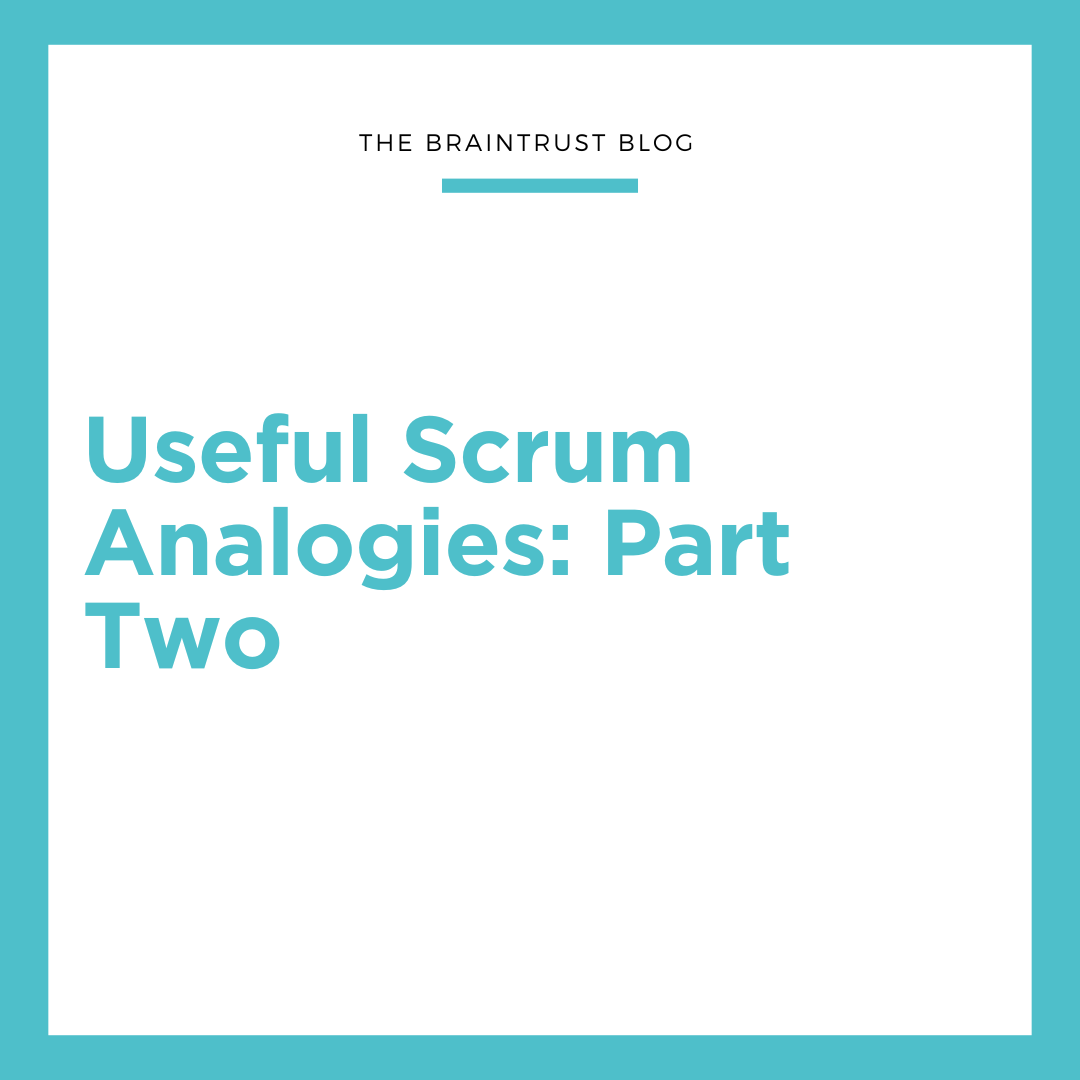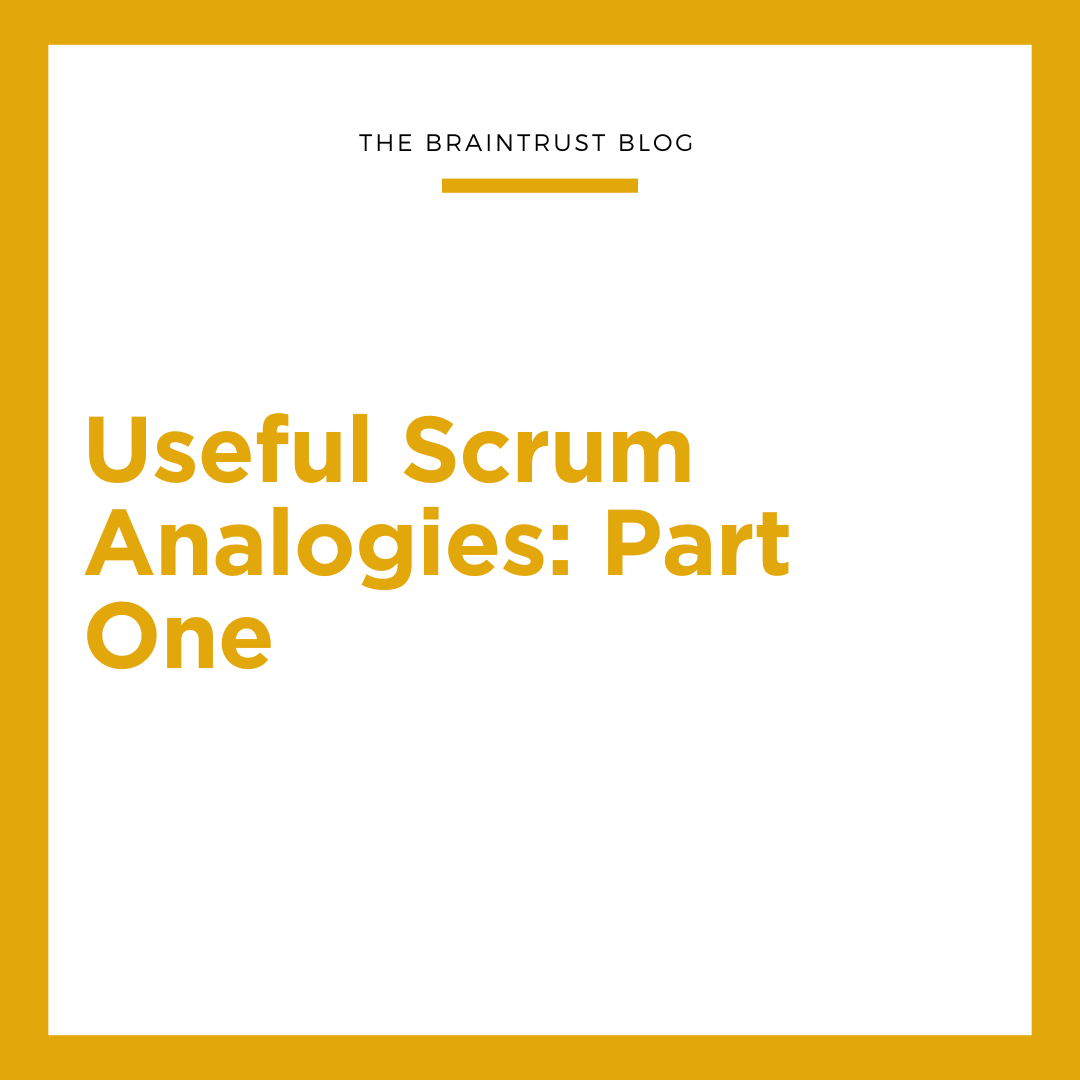We are all aware of the Project Management Institute’s five process groups; initiating planning, executing, monitoring and controlling, and closing. Did you know that Agile Project Management has five process groups as well? According to Jim Highsmith it goes; envision, speculate, explore, adapt, and close. The first thing that you will notice about Highsmith’s list is the flavor of the words. They have the feeling of an adventurer about to setoff on a new and exciting journey. The traditional project management list seems almost clinical in a way. By comparing and contrasting each process group we can gain further insight into the inner workings of each framework.
Initiating vs. Envision – When we initiate in traditional project management we immediately begin work down a known path. There is a set set of steps that we follow every time. True to the flavor of agile with envisioning we are brainstorming with our customers about what they want us to build. The output of the initiating phase is a project charter and the output of the envision phase is a vision statement.
Planning vs. Speculate – Similar to initiating, with planning, we have a known set of steps to create a project plan. While the subject matter we are planning changes from project to project with traditional project management we typically use the same tools and techniques. For instance we start with a work breakdown structure, create an activity list, and then create our schedule. With agile we speculate on a possible approach to implementing the project’s vision. In agile’s planning phase we create a list of features and hold a time boxed meeting before the start of every iteration to prioritize them.
Executing vs. Explore – In a traditionally managed project when we get to the executing phase our scope, budget, and schedule are all set and baselined. From day to day we track precisely against the project schedule, calculating earned value along the way. In agile we work with the overall vision and our set of feature cards to complete a sprint. The actual activities for the sprint are set, however the order has yet to be determined. We measure progress back calculating a daily burn down and project velocity.
Monitor and Control vs. Adapt – When we monitor and control, we are looking to preserve our original baseline at all cost. Traditional project management expects the plan to be perfect and that we can predict everything we need to do before we get started working on it. Agile on the other hand plans for change and realizes that sometimes we have to adapt in order to preserve the project. For instance, if at the end of that iteration the solution either doesn’t work or doesn’t meet the customer’s needs we start over. While this delay could impact the overall project schedule, thus violating the “iron triangle”, you always have the option to reduce scope later on.
Closing vs. close – Nothing new here, agile projects share most of the same characteristics as traditional projects when it comes to project closeout.
© Copyright 2010 The Braintrust Consulting Group All Rights Reserved



